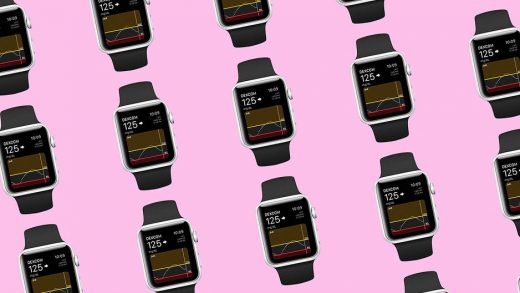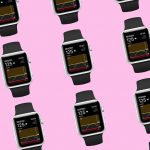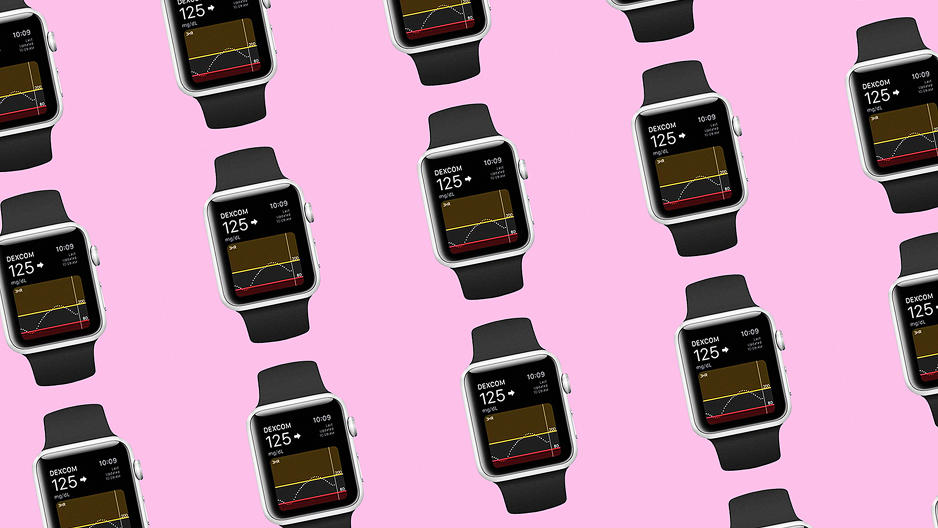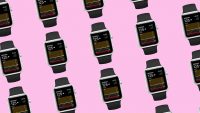Dexcom’s Blood Sugar Monitor Has Been A Life-Changer For This Diabetic
We all know about the market for wearable health trackers, but in my case the Apple Watch has become an indispensable health monitor. I’ve been a type 2 diabetic for about 25 years, and for most of that time I was able to control it through diet, exercise, and oral medications.
But on a trip last March, my blood sugar readings skyrocketed, and no amount of medication or diet would help. When I went to see my doctor, he explained that, over time, oral drugs cease to work for many people, and when they do, it’s time to move to insulin. I had been fighting this move for the previous five years, but under the circumstances, I needed insulin to get my blood sugar numbers under control.
The transition to using insulin was a difficult one. It was tough to determine the right amount, based on a carb count and other metrics. I was pricking my fingers up to seven times a day. For a working person who travels a lot, doing this is difficult.
That’s why I’ve been so interested lately in a new category of health monitoring devices emerging with the Apple Watch. I’ve checked out things like the Withings Blood Pressure Cuff, where the results can be shown directly on the watch display. I’ve also tried a new Apple Watch band that can record an EKG and display it on the watch.
These worked well enough, so I began searching for a blood sugar monitoring system. That’s when I discovered the Dexcom G5, a mobile continuous glucose monitoring, or CGM, system.
I was aware of the company’s early models but had read that they had some problems, so I was hesitant to buy in at first. When the newer Dexcom G5 came out, I saw more positive reviews. What sold me was that, in the new model, the readings could be displayed on my iPhone and Apple Watch.
And as luck would have it, the system was covered by my insurance. It requires a prescription, so I asked for one from my doctor.
About two months ago, I received it and started using it to monitor my blood sugars. The system, which attaches to the abdomen, consists of a small sensor and a Bluetooth Low Energy (BLE) transmitter. A small needle-like prong—the equivalent of two human hairs—embeds just beneath the skin (I hardly feel it going in) and checks my blood sugar fluids every five minutes, 24 hours a day, seven days a week. Each sensor lasts seven days.
As Dexcom explains, monitoring blood sugar fluids is a bit different than monitoring actual blood, but doing so yields readings that are accurate to within 5% to 20% of true blood sugar readings.
After two months of using it, I’ve found that Dexcom readings are indeed pretty close to actual pinprick blood readings. When there is a difference, the Dexcom is off only by 10% to 15%. Those minor discrepancies are a small price to pay for the ability to monitor my blood sugar levels easily and constantly.
I can look at my Apple Watch and see where my blood glucose numbers are at any time. In the past, I had no idea what the numbers were without doing a pinprick blood test.
Another thing that’s been transformative is that when I eat something with carbs in it, I know how it has impacted my blood sugar numbers within 15 minutes.
My target blood sugar range is between 80 and 160 Mg/dL (milligrams of glucose per deciliter of blood). I can set the Dexcom Watch app to alert me (with a loud beep) when my numbers stray from that range. I actually try to keep the numbers under 140, and this app really helps me do that.
The Dexcom G5 paired with the Apple Watch could change the lives of people with type 1 diabetes who are insulin dependent. The alarms alone are worth the price. Even for me, a type 2 diabetic, the device has become a tool that I can’t live without. Sure, I could go back to pinpricks—but I could never do that all day, every day.
With this new health monitoring device and the Apple Watch, I have one of the most effective tools I have ever used to help me deal with this disease in a proactive way.
Today there are more than 29 million diabetics in the United States, and unfortunately that number is growing. The best thing that could happen is for science to find a cure, but in the meantime, improvements in wearables and apps make dealing with diabetes much more bearable.
Fast Company , Read Full Story
(88)






